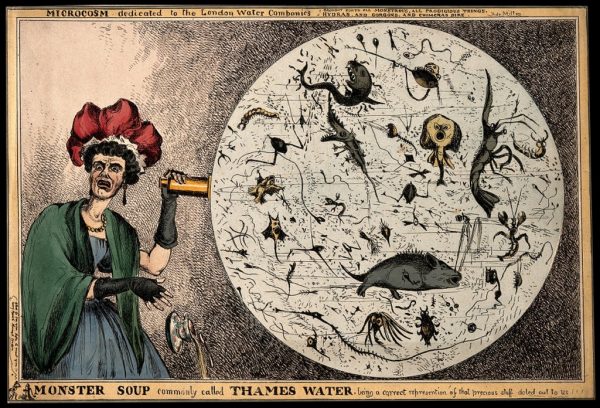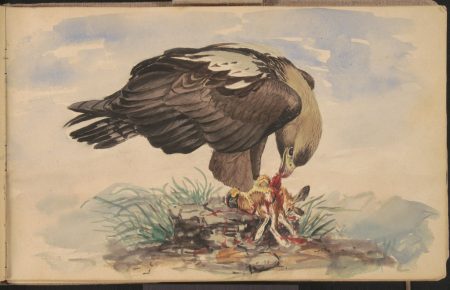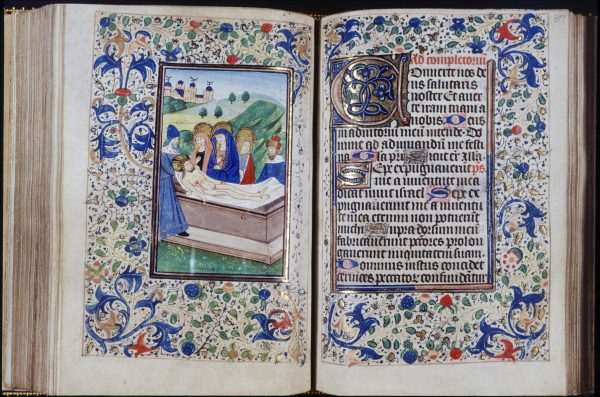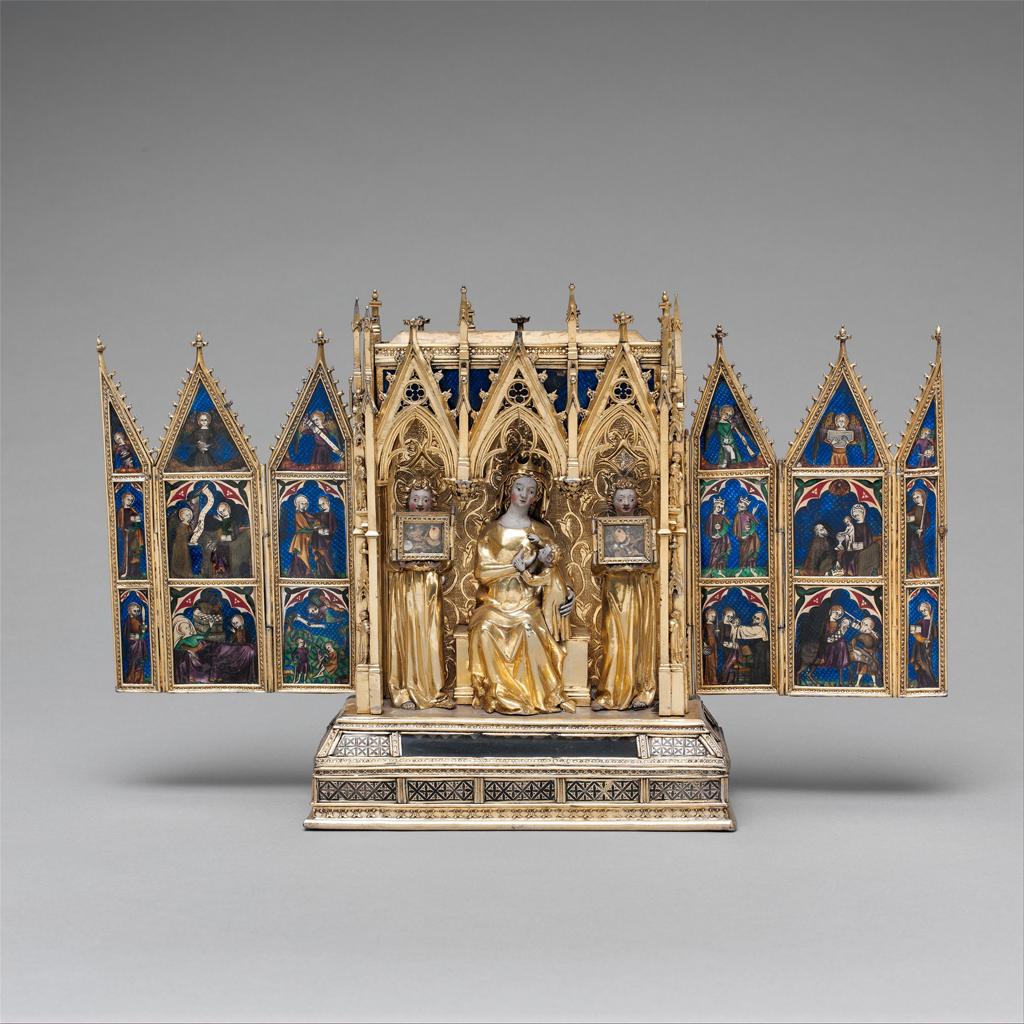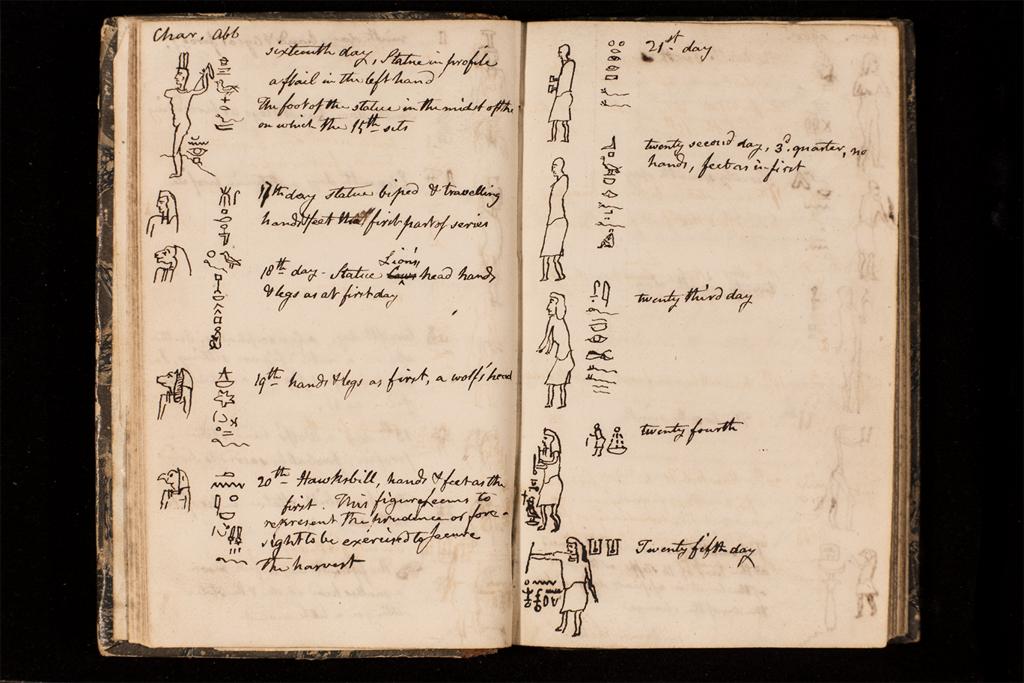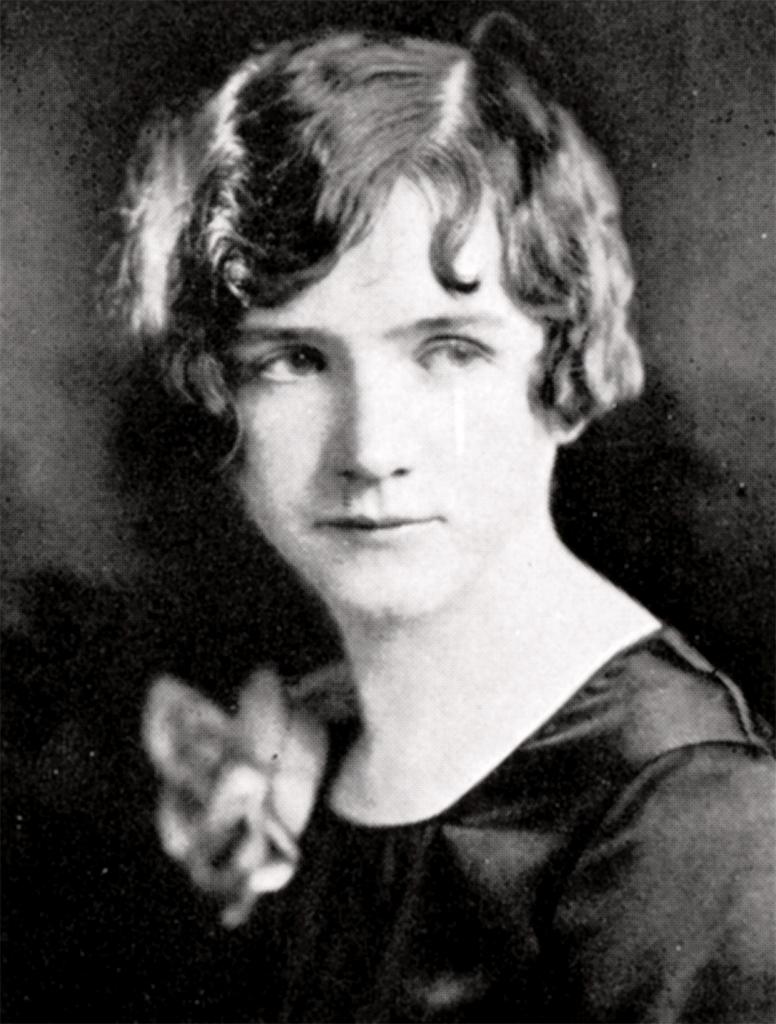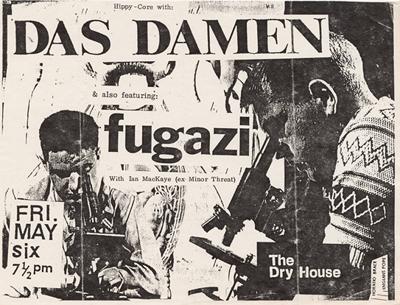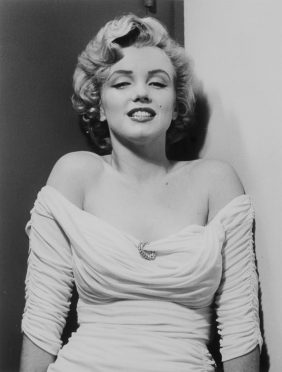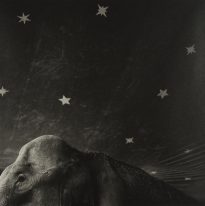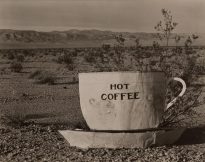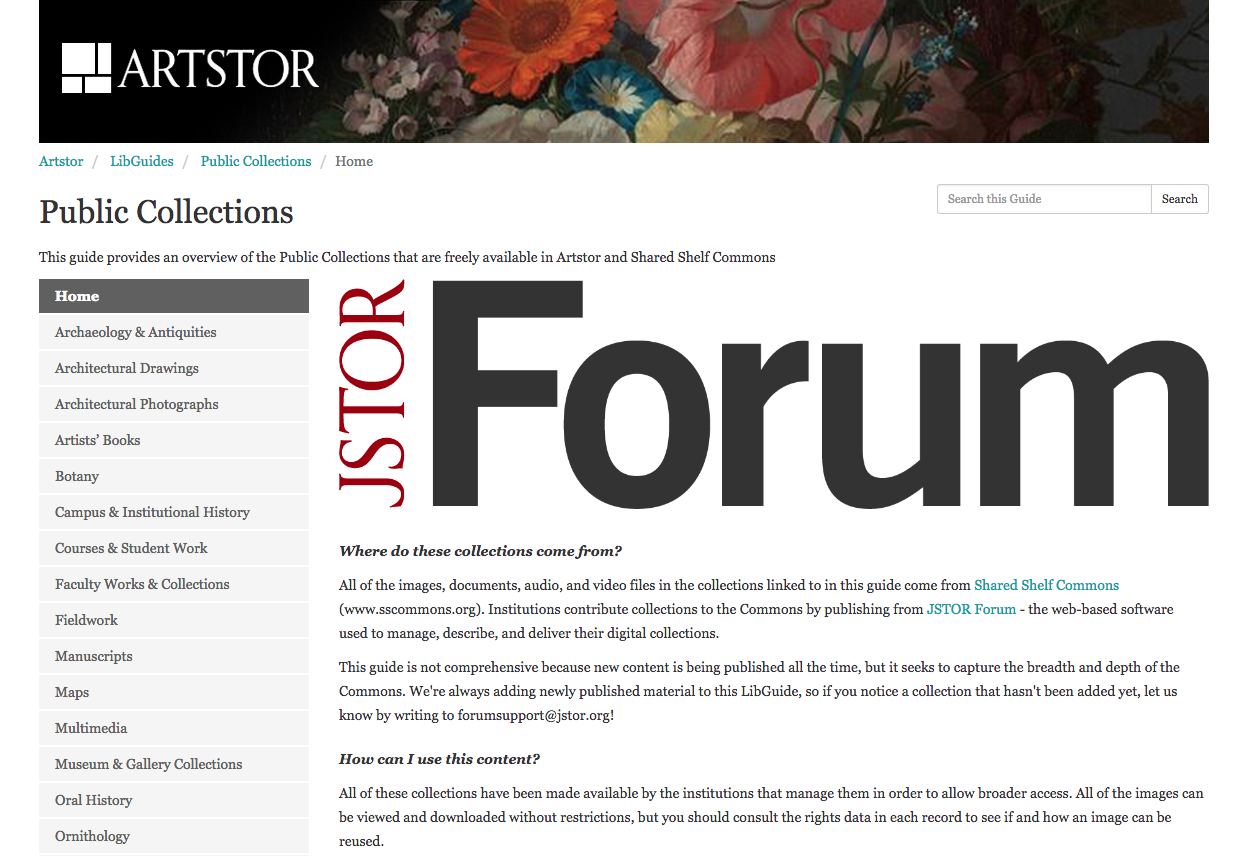Open: Folger Shakespeare Library is now available with a selection of more than 8,000 images from the Digital Image Collection of the Folger Shakespeare Library. Provided under Creative Commons licenses, these images illuminate the history and output of Shakespeare and theater in general, from illustrated manuscripts and rare books, costume and stagecraft, to actors’ portraits and miscellanea.
Beginning in 1889, Henry Clay Folger and his wife, Emily Jordan Folger, began to amass rare books and associated media, founding the Folger Shakespeare Library, the world’s leader in Shakespeareana, in 1932. Their success may be gleaned from a handful of outstanding examples across the Open Artstor collection.
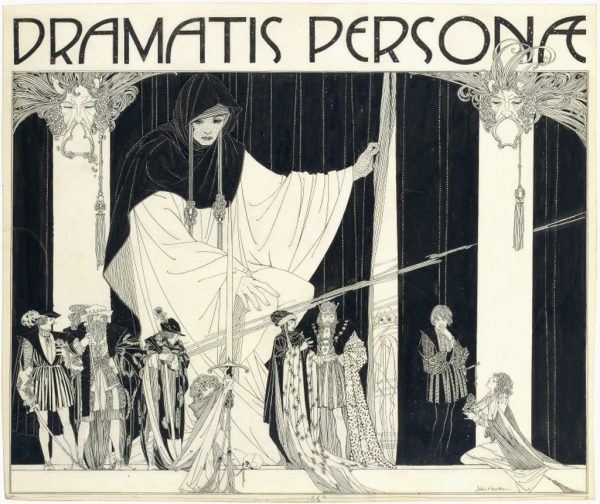
John Austen. Hamlet, from a set of 121 original drawings. By 1922. Pen and ink. Image and data provided by the Folger Shakespeare Library. CC BY-NC-ND 4.0.
